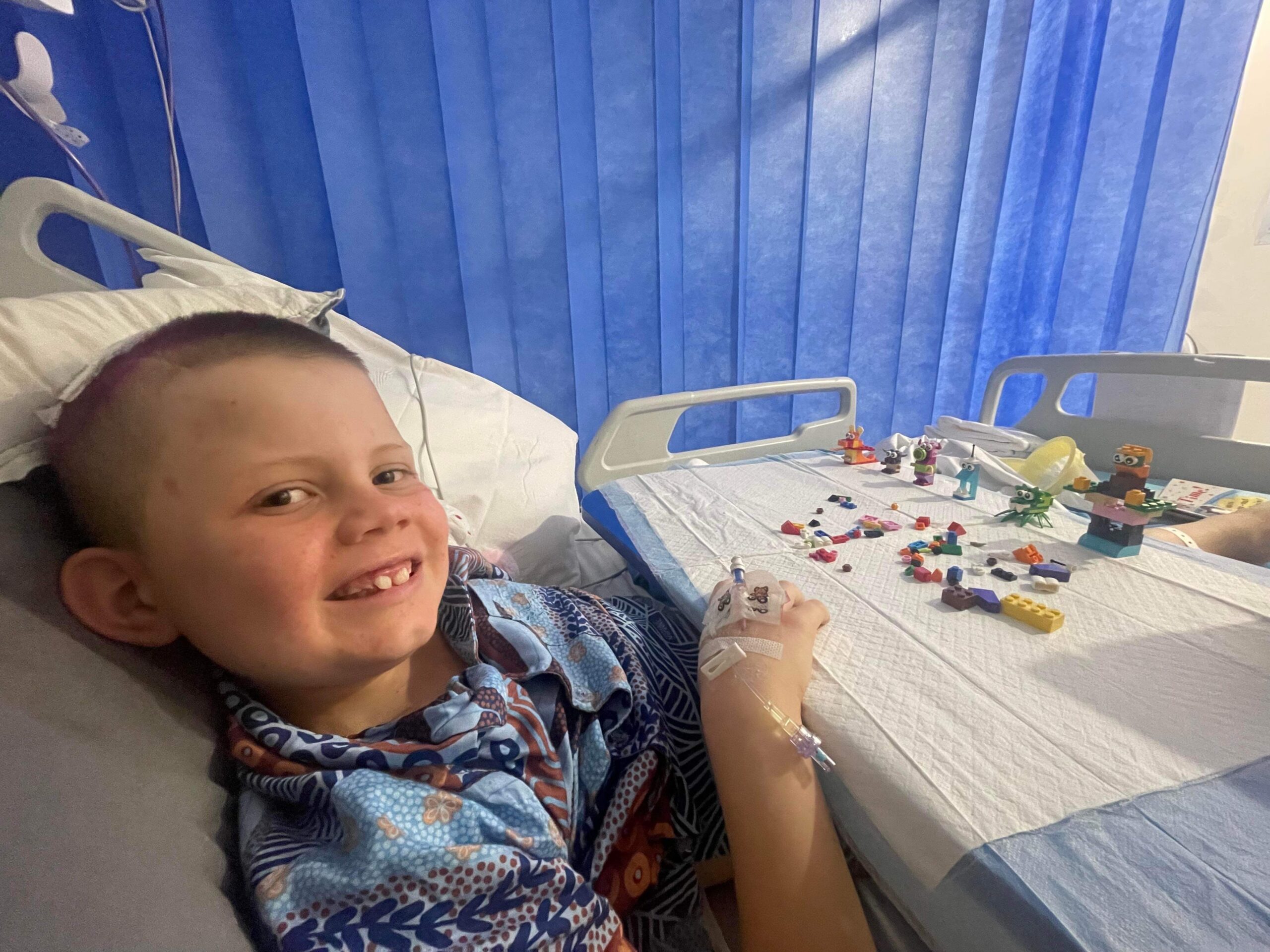Epilepsy surgery in TSC
Approximately 70-90% of patients with TSC develop epilepsy which is often difficult to treat. Indeed, drug resistant epilepsy (DRE) is twice as common in TSC than in the general population with epilepsy. Epilepsy surgery is one treatment option.
Most earlier studies on epilepsy surgery in patients with TSC were small and completed retrospectively after the surgery had occurred. Results from these studies were varied. Some showed that there was a positive impact on seizures and other symptoms such as TAND.
Below we report on two recent studies into epilepsy surgery for patients with DRE caused by TSC. The first is a Swedish study which evaluated long term outcomes. The second is a Russian study which aimed to assess whether various factors such as demographic information, clinical data and surgical options affected outcomes.
The Swedish study
Tubers in or next to the cerebral cortex are the main generators of seizures. TSC poses a challenge in the surgical treatment of epilepsy because even if the tubers responsible for causing epilepsy are removed, others may start causing seizures. Resection surgery (tuberectomy) in people with DRE caused by TSC commonly aims to remove the zone where seizures originate from, and freedom from seizures is a realistic outcome. Another procedure that is sometimes performed is a corpus callosotomy, where the two hemispheres of the brain are disconnected – this procedure is aimed at reducing tonic and atonic seizures and is palliative ie, it may reduce symptoms, but will not cure them. This study included patients who underwent either a tuberectomy or a callosotomy.
How the Swedish study was conducted
This study included 22 Swedish patients with TSC who underwent epilepsy surgery and it evaluated long term outcomes of that surgery. The researchers collected seizure data from the Swedish National Epilepsy Surgery Registry and medical records. They conducted telephone interviews with patients, parents, or caregivers to determine patient-reported outcome measurements (PROM). The average follow-up time of the study was 6 years 8 months for tuberectomies and 3 years 6 months for callosotomies.
Outcomes of the Swedish study
At the two-year follow up point, 53% of patients (8 out of 15) who underwent tuberectomies were seizure free and 57% (4 out of 7) who had a callosotomy were free from atonic (drop) seizures. In two patients, medical treatment with Everolimus was initiated after surgery and they were also seizure free at the two-year follow up point.
Interestingly, the researchers found patients showed high levels of satisfaction even when the surgery did not result in seizure freedom. The authors speculate that this could be because even a period of a few months’ freedom from seizures after surgery was associated with an improvement in psychomotor development. The satisfaction scores were higher in the tuberectomy group than in the callosotomy group – emphasising the importance of patients receiving the correct counselling before callosotomy, focusing on the palliative nature of this procedure.
Implications and limitations of the Swedish study
This study adds to the body of knowledge on epilepsy surgery in TSC by collecting data before surgery and having a period of long term follow up. The study found that factors other than seizure outcomes seem to influence patient/caregiver satisfaction with epilepsy surgery in TSC.
However, the cohort for this study was small, and the time between surgery and survey varied greatly, which may have contributed to recall bias. Despite these limitations the results of this study were in line with previous studies on the topic. However, more research is still needed.
Pearsson, K., Compagno-Strandberg, M., Eklund, E. A., Rask, O., & Kallen, K. (2022). Satisfaction and seizure outcomes of epilepsy surgery in tuberous sclerosis: A Swedish population-based long-term follow-up study. Seizure, 103, 39-45.
Full article available at: https://doi.org/10.1016/j.seizure.2022.10.011
The Russian study
In this study different surgical procedures were performed, including removing tubers, lobectomy (where a lobe of the brain is partially or completely removed), callosotomy (a surgical procedure that involves cutting or severing the corpus callosum, which is a large bundle of nerves connecting the two hemispheres of the brain), and disconnections of specific brain regions.
How the Russian study was conducted
This study aimed to assess various factors, such as demographic information, clinical data, and surgical options, that could affect the outcome of epilepsy surgery in these cases. It included 33 children with TSC and drug-resistant epilepsy who underwent surgery.
Preoperative evaluations were conducted using MRI and video-EEG, and invasive recordings were done in some cases. The study observed some surgical complications, such as Cerebrospinal fluid leak and hydrocephalus (build-up of cerebrospinal fluid in the brain), but most were temporary.
Outcomes of the Russian study
At the last follow-up, 54% of the cases achieved a favourable outcome with no seizures, while 15% reported fewer and milder seizures. Six patients stopped taking anti-epileptic drugs, and 15 children showed improved development, cognition, and behaviour.
Implications and limitations of the Russian study
The study concluded that the type of seizures, particularly focal seizures, may be a significant factor in predicting successful outcomes and the likelihood of becoming seizure-free after epilepsy surgery in children with TSC, but again, more research with larger population sizes is needed.
Melikyan, A. G., Kozlova, A.B., Vlasov, P.A., Dorofeeva, M.U., Shishkina, L. V., & Agrba, S.B. (2023). Epilepsy surgery in children with tuberous sclerosis. Zhurnal Voprosy Neirokhirurgii Imeni N.N. Budenko, 87(2), 5-16.
Full article available (in Russian) at: https://doi.org/10.17116/neiro2023870215
DISCLAIMER
This information is intended to provide some insights into recent TSC-related research. It is not intended to, and it should not, constitute medical or other advice. Readers are warned not to take any action without first seeking medical advice.

